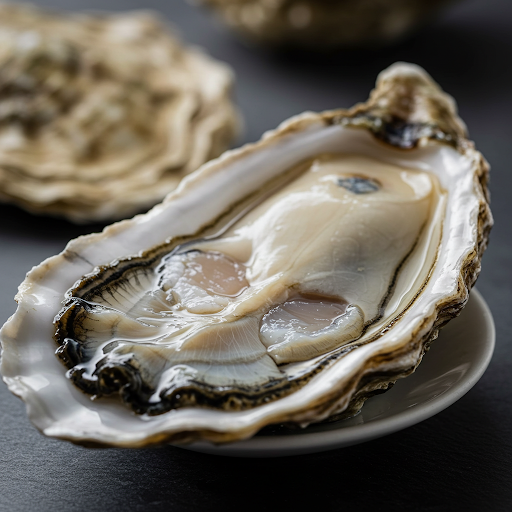Myth – They’re typically dead by the time they reach your plate, though they should be fresh.

Oysters are not alive when eaten. They are bivalve mollusks that are harvested from the ocean and then shucked (opened) and served raw. When an oyster is shucked, its nervous system is destroyed, and it can no longer move or react to stimuli.
While oysters are technically dead when eaten, they are still considered to be fresh and alive in the sense that they are not cooked or processed in any way. The term “alive” is often used to describe the freshness and quality of oysters.
So, while the myth that raw oysters are alive when eaten is technically incorrect, it is not entirely inaccurate. Oysters are fresh and uncooked when eaten, and they can be a delicious and healthy way to enjoy seafood.
———-
another view: Yes, raw oysters are typically alive when eaten. When you consume a raw oyster from the half shell at a restaurant or seafood bar, you’re eating an animal that is still living.
Here’s why this is the case:
- Freshness: Oysters are kept alive until just before serving to maintain freshness and prevent spoilage. Once an oyster dies, it deteriorates rapidly and can become unsafe to eat within hours.
- Shucking process: When an oyster is shucked (opened), the adductor muscle that holds the shell closed is cut, but this doesn’t immediately kill the oyster. The oyster remains alive for a short time afterward.
- Signs of life: You can sometimes observe slight movements in a freshly shucked oyster, particularly if you add lemon juice or another acidic substance, which may cause the oyster to contract slightly.
- Food safety: Eating live oysters helps ensure they’re safe for consumption. Dead oysters can harbor harmful bacteria like Vibrio, which multiply rapidly after death.
This practice of eating live animals is relatively rare in Western cuisine but is considered normal and traditional for oysters. Some people find this fact surprising or uncomfortable, while others see it as part of what makes oysters a unique culinary experience.